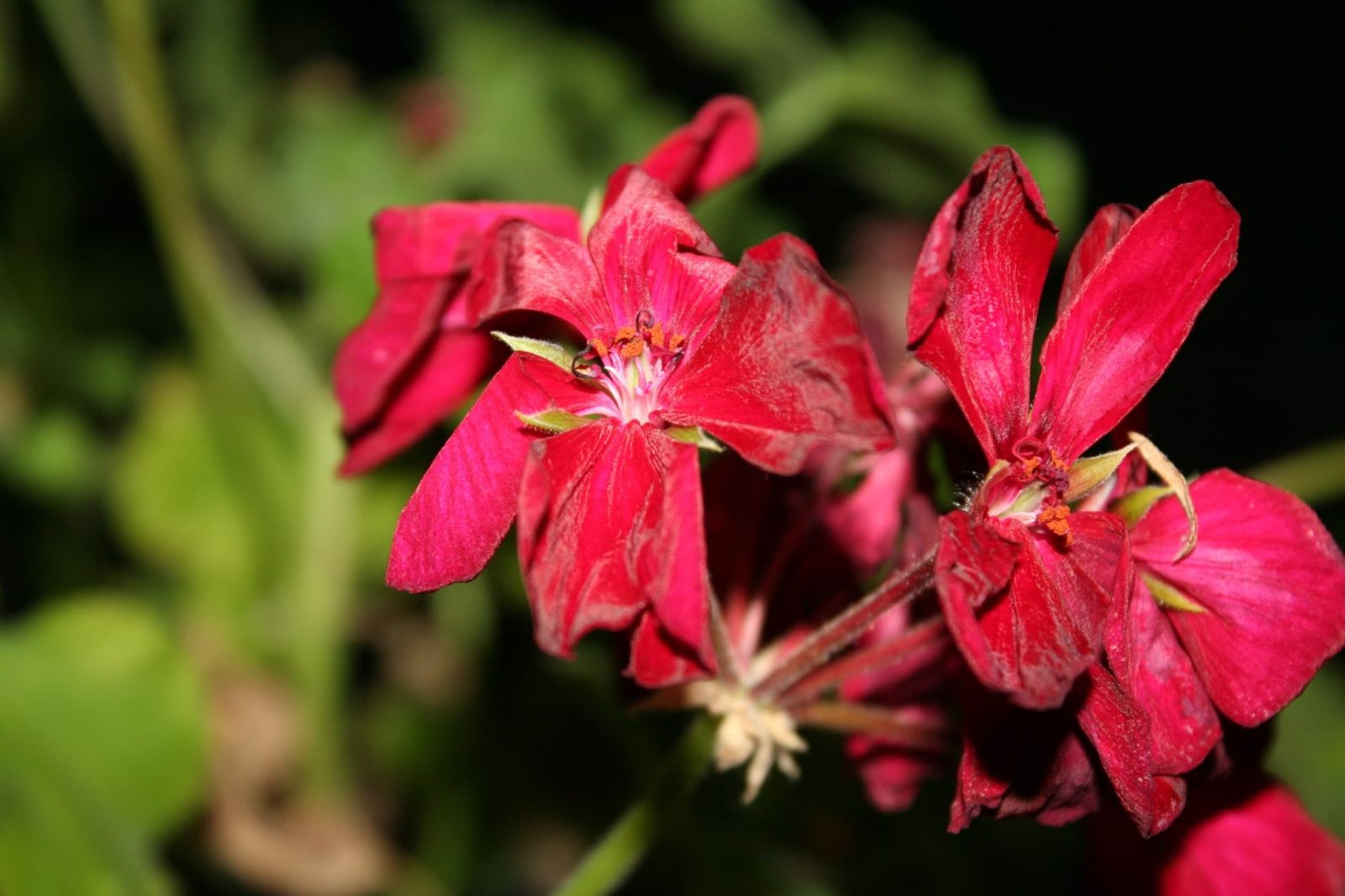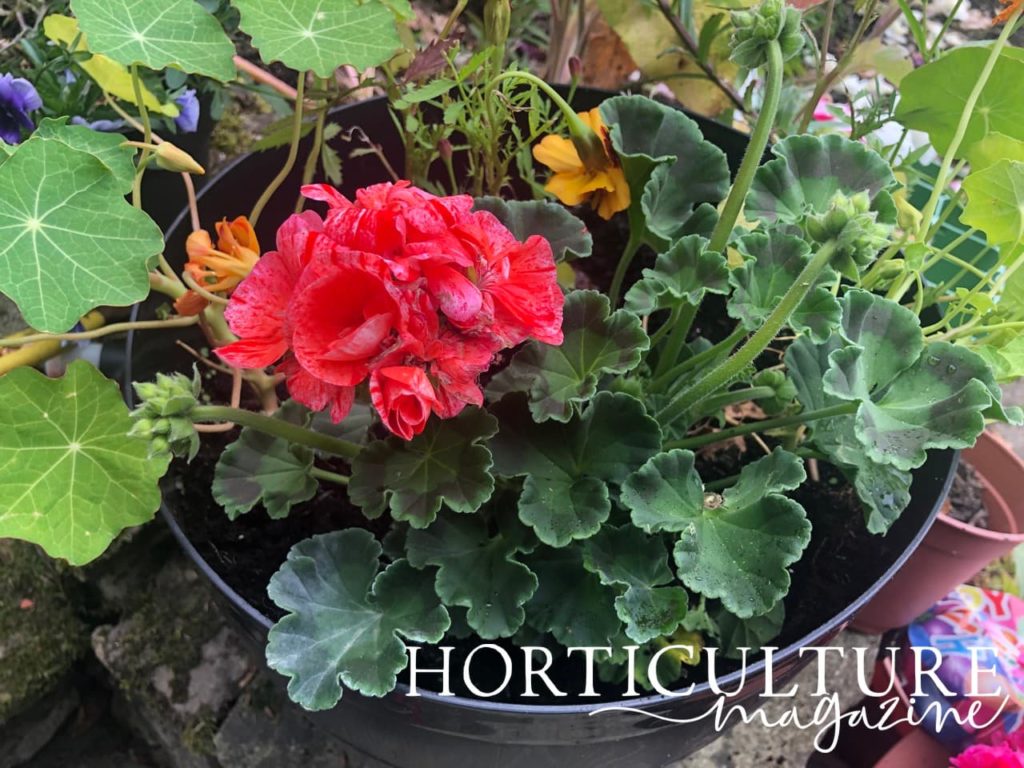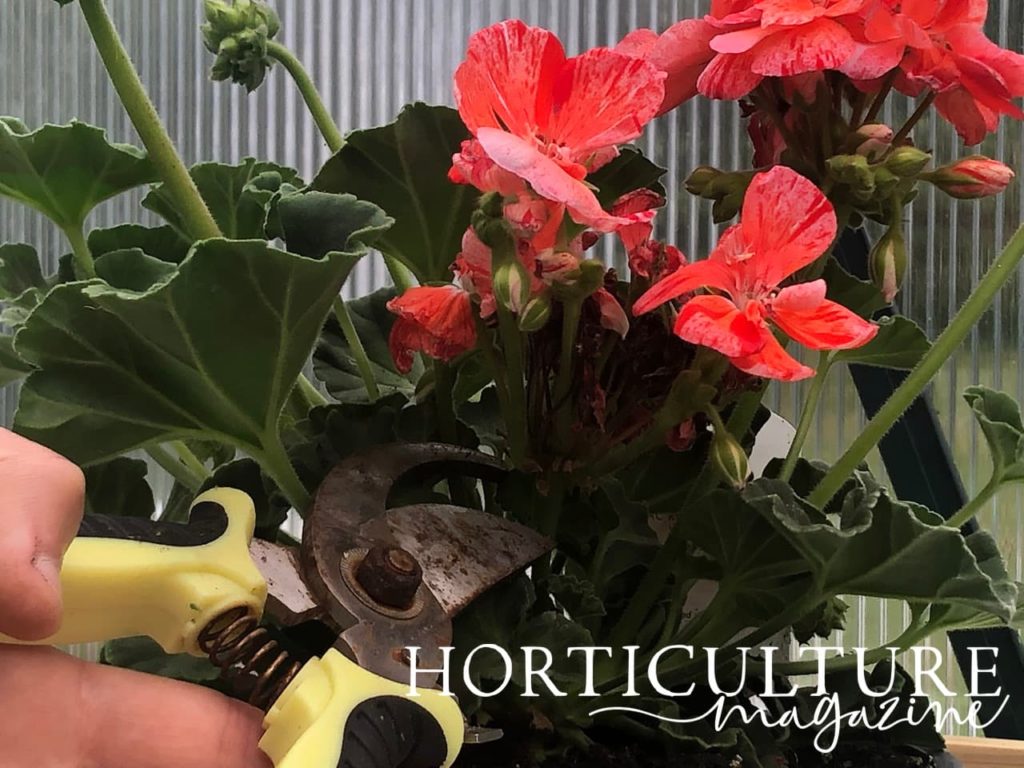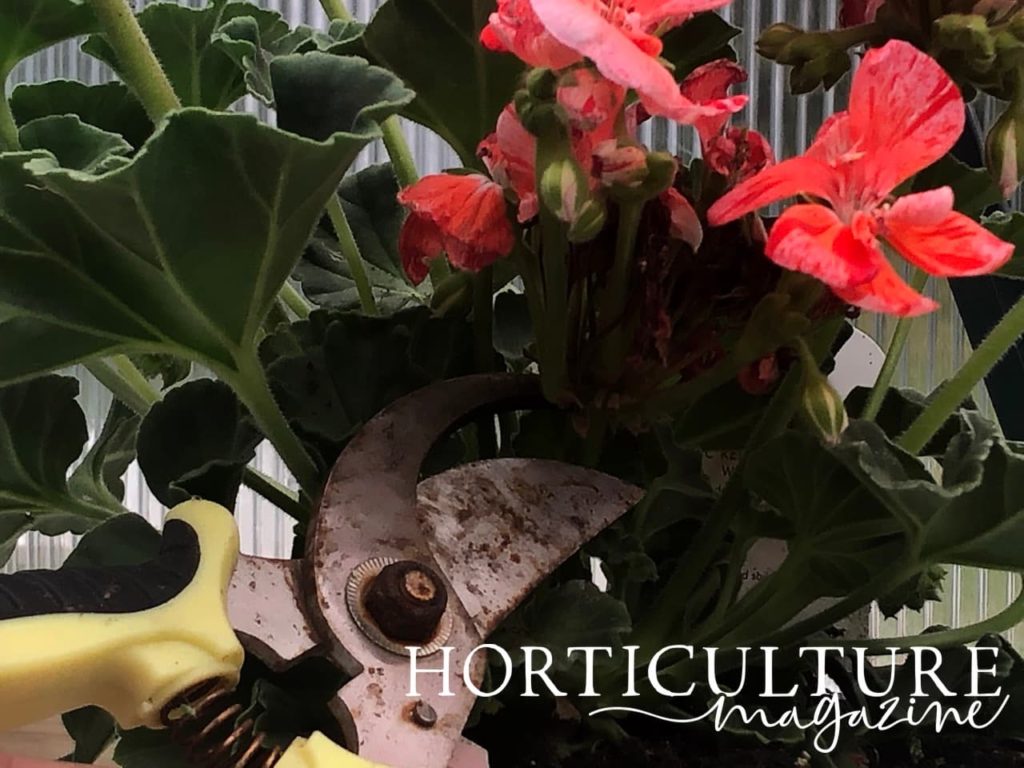Deadheading Geraniums: Following This Process Forces Their Energy Into Future Growth

PERENNIALS > GERANIUMS > DEADHEADING

Elizabeth is a Permaculture Garden Designer, Sustainability Consultant and Professional Writer, working as an advocate for positive change. She graduated from the University of St. Andrews with an MA in English and Philosophy and obtained a Diploma in Applied Permaculture Design from the Permaculture Association.
Reviewed By ROY NICOL

Roy is a Professional Gardener and Horticultural Consultant, specialising in large garden year-round maintenance and garden development. He is an RHS Master of Horticulture and uses his research in the application of no-dig methods in ornamental garden settings. Roy has been a Professional Gardener for more than six years and is a member of the Chartered Institute of Horticulture, Professional Gardener's Guild and Association of Professional Landscapers (Professional Gardener).
Contributions From EMILY CUPIT

Emily is a Gardening Writer, Photographer and Videographer from Derbyshire, UK. She is the Founder of Emily's Green Diary - a community of more than 75,000 people who share in her gardening journey.
GERANIUM GUIDES
Container Growing
Cuttings
Deadheading
Feeding
Growing From Seed
Pruning
Varieties
Winter Care
Deadheading is one of those ridiculously easy garden jobs that can actually be rather confusing.
It can be difficult to determine which flowers will benefit from deadheading, and which will not – and it can also be confusing where exactly to remove the flower.
Should you remove the bloom itself, or the entire stem that supports it?
| Difficulty | Easy |
| Equipment Required | Secateurs |
| When To Deadhead | July, August |
When we talk about deadheading geraniums, we first have to understand whether we are talking about true geraniums (also known as hardy geraniums) or tender geraniums, which are technically Pelargoniums and not geraniums at all.
Follow these hard and fast rules when deadheading geraniums:
- Deadhead Pelargoniums, as this can encourage repeat blooms.
- Depending on which cultivar you are growing, some repeat bloom, while others will bloom only once a year.
- Also note that this is not usually the case with true geraniums, which do not usually benefit from deadheading at all.
- Deadhead Pelargoniums when the flowers fade and begin to turn brown.
- Cut or pinch off the dead or dying flowers along with the stem down to the next leaf node.
Do You Need To Deadhead Geraniums?

Deadheading is not strictly essential – most plants which repeat bloom will do so with or without your intervention.
However, certain hardy Geraniums do appreciate being cut back after the first flush of flowers because it allows them to put their energy into future blooms and growth.
Often, a second flush of flowers appears later in the summer.

Tender geraniums, or Pelargoniums, will benefit from this care.
Whether or not deadheading will do much good and bring more blooms very much depends on which cultivar you are growing.
Some only bloom once a year whatever you do, while many are repeat bloomers and you will see better results by deadheading.
Deadheading Pelargoniums

Deadheading pelargoniums is a simple job.
You just need to wait for the first flush of flowers to fade, then nip or snip them off with your fingers or a pair of secateurs or gardening knife.
Make sure that rather than just taking the bloom, you take also a section of the stem down to the next leaf node.

The removal of this material will spur the growth of new stems, which can soon bud and flower.
So deadheading does not only promote repeat-flowering, but also makes for bushier, healthier-looking plants.
“Deadheading also improves the appearance of the flower display immeasurably as brown, faded blooms detract from the beauty of fresh and emerging blooms,” says Master Horticulturist Roy Nicol.
